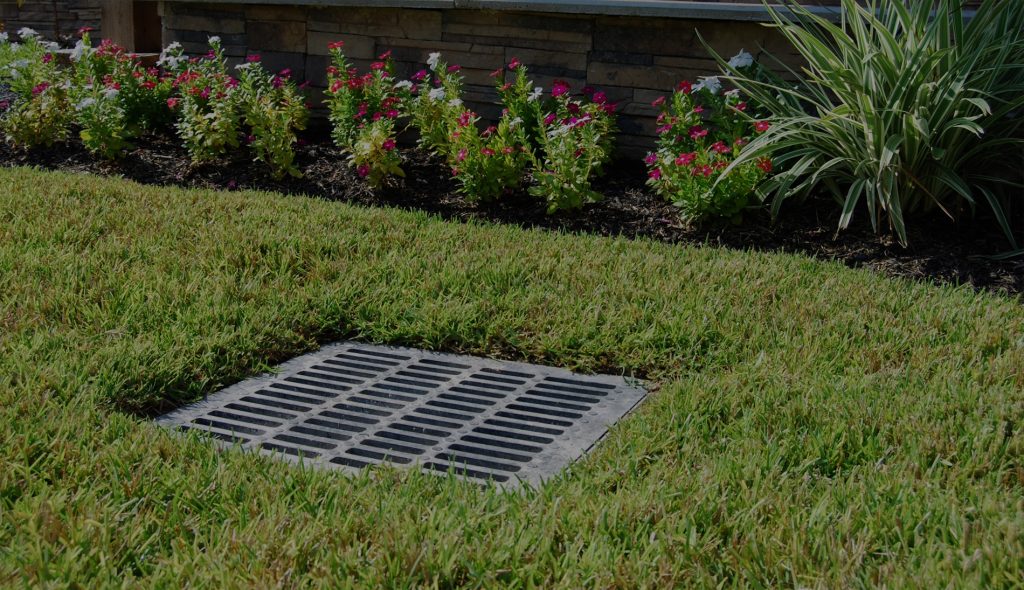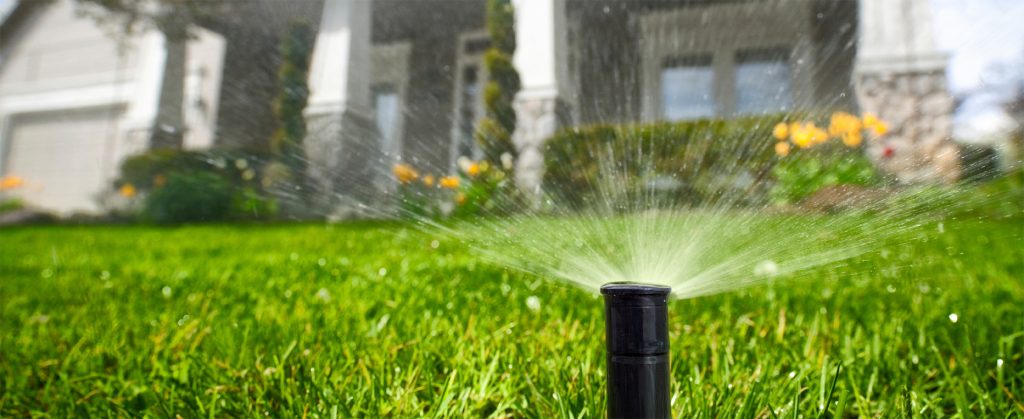How To Winterize Sprinkler System

If you have a sprinkler system, perhaps you want to pocket the extra money and winterize your system yourself. You may be asking if this is something you can do safely and correctly. Yes, you absolutely can if you know how to do it.
Step to Winterize Sprinkler System
Without proper preparation, freezing temperatures can damage your sprinkler system. Here are some sprinkler tips on how to plan your irrigation system for winter conditions. If you live in a freezing area, it is very important you winterize your system before the temperatures are below freezing. For detailed instructions on how to plan your irrigation system for the winter months, please read below.
1. Insulate your assets:
Shut down the irrigation system’s water supply. It is necessary to protect the key shut-off valve for your irrigation system from freezing. To shield it from harsh winter conditions and keep it from freezing, make sure that it is covered with insulation (foam insulation tape or plastic bag). You can consider installing one as a preventive investment if you don’t have a key shut-off valve. Any tubing above ground must also be insulated. It’s fine to use self-adhesive foam insulating tape and foam insulating tubing that are commonly found in home supply stores.

2. Stay in control:
If you have an automatic system, the controller (timer) must be off. Most controllers have a mode that just shuts off the valves’ signals. The controller keeps the time. The programming information is not lost (start times, run times of the valve, etc.) and the clock continues to run throughout the winter. The only change is that the valves are not activated. If your controller is responsible for triggering a pump, the wires attached to the MV (Master Valve) and specific terminals should be disconnected as a precaution. This will prevent the possibility of accidentally activating the pump, which could result in overheating damage and cost you unnecessary money. An alternative to using the rain mode is to shut down the controller’s energy. If you do, the time and possibly all of your other settings will need to be reprogrammed in the summer.
3. Drain the pipes:
You now have to remove the water from the pipes and sprinklers to stop it from freezing, expanding, and damaging the pipe. There are several ways you can drain your pipes: a manual drain valve, an automatic drain valve, or the blow-out method of compressed air. Because potential safety risks may exist, however, we suggest that you contact your local irrigation specialist like Planet Green. Many sprinkler companies offer this year’s sprinkler winterization services.
4. Protect valves and backflow prevention devices:
If they are above ground, insulate backflow prevention devices and valves. For this, you can also use isolation tape. Stop blocking the air vents and leaking outlets for the best backflow prevention.
If you don’t feel you can Winterize Sprinkler System correctly, there is no shame in hiring a sprinkler specialist. If saving time is what you are more interested in then definitely call a local sprinkler company to winterize for you.